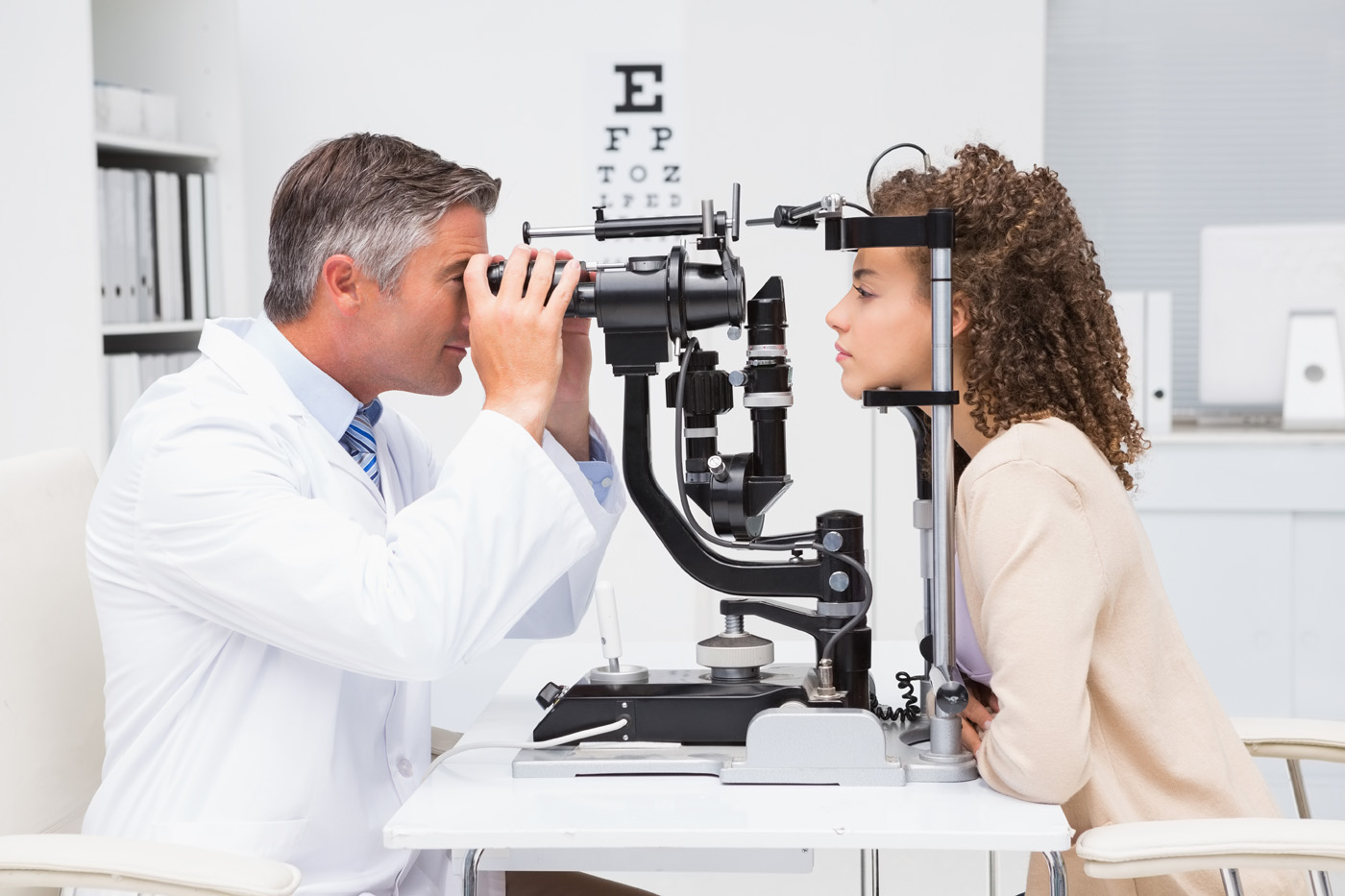Vision is one of our most precious senses, allowing us to experience the world around us. However, not everyone enjoys perfect eyesight. Many people have varying degrees of visual impairment, one of which is known as 20/60 vision. If you’ve ever heard this term and wondered what it means, you’re in the right place. In this blog post, we’ll explore what 20/60 vision is, its causes, effects, and what you can do if you or someone you know experiences it.
What is 20/60 Vision?
20/60 vision is a term used to describe a level of visual acuity. In simple terms, it means that a person with 20/60 vision can see at 20 feet what a person with normal vision can see at 60 feet. In other words, objects that are clear to someone with perfect vision from 60 feet away would appear clear to someone with 20/60 vision only when they are 20 feet away. This indicates that individuals with 20/60 vision have difficulty seeing objects clearly unless they are relatively close.
Causes of 20/60 Vision

There are various factors that can contribute to 20/60 vision. One common cause is refractive errors, such as nearsightedness (myopia) or farsightedness (hyperopia). These conditions occur when the shape of the eye prevents light from focusing properly on the retina, resulting in blurry vision. Additionally, conditions like astigmatism, which causes irregular curvature of the cornea or lens, can also lead to 20/60 vision.
Other causes may include eye diseases such as cataracts or glaucoma, which can impair vision over time if left untreated. In some cases, injuries or trauma to the eye can also result in reduced visual acuity.
Effects of 20/60 Vision
Living with 20/60 vision can have various effects on daily life. Simple tasks such as reading, driving, or recognizing faces may become challenging. Individuals with 20/60 vision may need to rely on corrective measures such as glasses or contact lenses to improve their visual acuity. In some cases, vision correction surgery such as LASIK may be recommended to address refractive errors and enhance vision.
In addition to practical challenges, 20/60 vision can also impact an individual’s quality of life and overall well-being. Struggling with vision impairment may lead to feelings of frustration, embarrassment, or isolation. It’s important for individuals with 20/60 vision to seek proper diagnosis and treatment to manage their condition effectively and maintain their independence.
Treatment of 20/60 Vision: Improving Visual Acuity and Quality of Life

Living with 20/60 vision can present challenges in various aspects of life, from reading to driving and recognizing faces. However, the good news is that there are several treatment options available to help improve visual acuity and enhance quality of life for individuals with this condition. In this blog post, we’ll explore some of the common treatments for 20/60 vision and how they can make a difference in everyday activities.
Corrective Lenses
One of the most common and effective treatments for 20/60 vision is the use of corrective lenses, such as glasses or contact lenses. These lenses are specially designed to compensate for refractive errors in the eye, such as nearsightedness, farsightedness, or astigmatism, which may be causing the reduced visual acuity. By wearing prescription glasses or contact lenses, individuals with 20/60 vision can achieve clearer vision and better focus on objects at various distances.
Vision Therapy
In some cases, vision therapy may be recommended as a treatment for 20/60 vision, especially if the condition is caused by underlying eye muscle weakness or coordination problems. Vision therapy involves a series of exercises and activities designed to improve visual skills and strengthen the muscles responsible for controlling eye movements and focusing. This specialized therapy can help individuals with 20/60 vision enhance their visual perception, eye coordination, and overall visual efficiency.
Refractive Surgery
For individuals seeking a more permanent solution to their vision problems, refractive surgery may be an option. Procedures such as LASIK (Laser-Assisted In Situ Keratomileusis) can correct refractive errors by reshaping the cornea to improve the way light is focused on the retina. While refractive surgery can be highly effective in reducing dependence on glasses or contact lenses, it’s essential to consult with an eye surgeon to determine candidacy and understand the potential risks and benefits of the procedure.
Find out whether 20/60 vision is bad for your eyesight or not on any of the healthcare blogs in USA.
Lifestyle Tips for Managing 20/60 Vision

In addition to seeking professional treatment for 20/60 vision, there are several lifestyle adjustments and habits that individuals can adopt to manage their condition effectively and improve their overall visual comfort. In this section, we’ll explore some practical tips and strategies for living well with 20/60 vision.
Adequate Lighting
Good lighting is essential for individuals with 20/60 vision to see more clearly and reduce eye strain. Ensure that your home, workplace, and other frequently visited areas are well-lit, especially during tasks that require close-up work such as reading or writing. Consider using task lighting, adjustable lamps, or natural light sources to enhance visibility and minimize glare.
Use Magnification Tools
Magnification tools such as magnifying glasses or handheld magnifiers can be helpful for individuals with 20/60 vision, particularly when reading small print or examining fine details. Keep these tools readily accessible for tasks that require precise vision, such as reading medication labels, menus, or instructions.
Minimize Screen Glare
Excessive glare from computer screens, smartphones, and other electronic devices can strain the eyes and exacerbate vision problems for individuals with 20/60 vision. To minimize glare, adjust the brightness and contrast settings on your devices, use anti-glare screen protectors, and position screens away from direct sources of light. Taking regular breaks and practicing the 20-20-20 rule (looking away from the screen every 20 minutes for 20 seconds at an object 20 feet away) can also help reduce eye strain.
Conclusion
In conclusion, 20/60 vision refers to a level of visual acuity where objects that appear clear to someone with normal vision at 60 feet away would appear clear to someone with 20/60 vision only when they are 20 feet away. This condition can have various causes, including refractive errors, eye diseases, or injuries. Living with 20/60 vision can present challenges in daily life, but with proper diagnosis and treatment, individuals can manage their condition and improve their quality of life. If you or someone you know experiences symptoms of 20/60 vision, it’s essential to consult an eye care professional for evaluation and guidance. By taking proactive steps to address vision impairment, individuals can continue to enjoy the beauty of the world around them.


